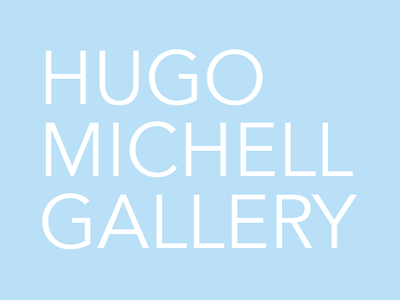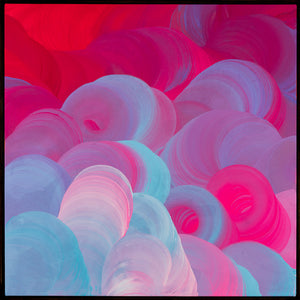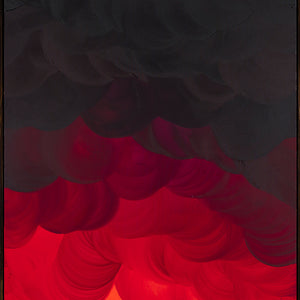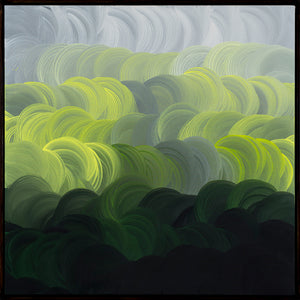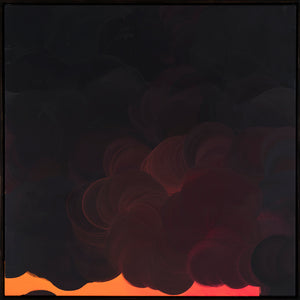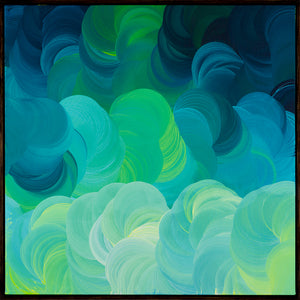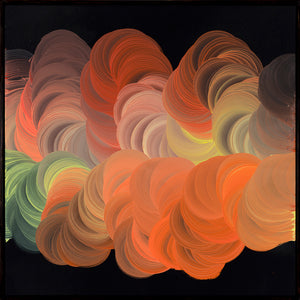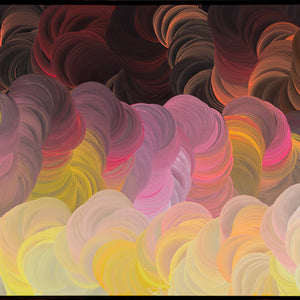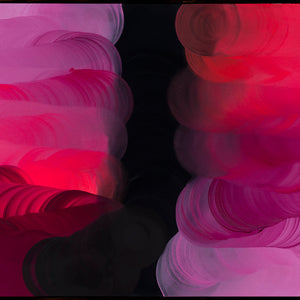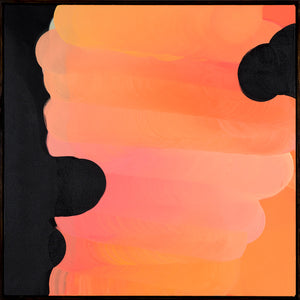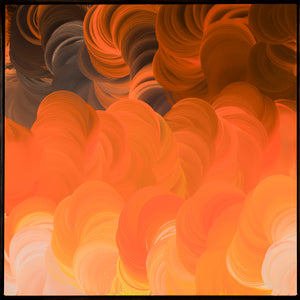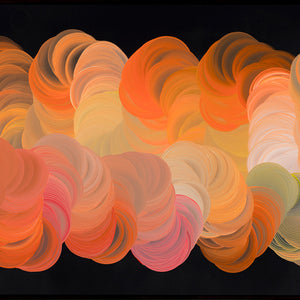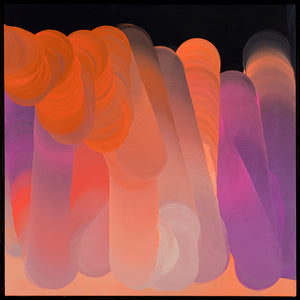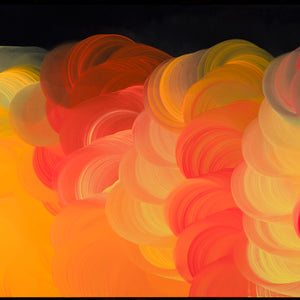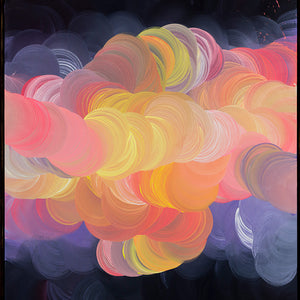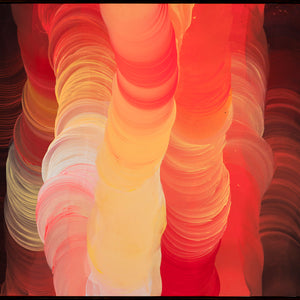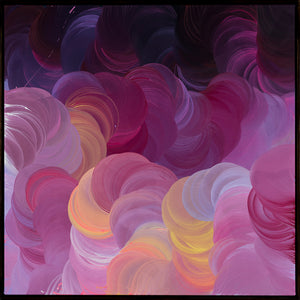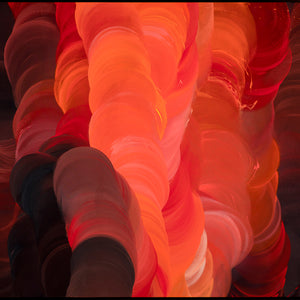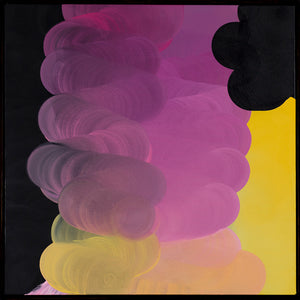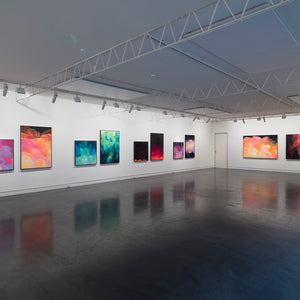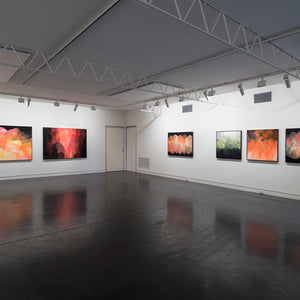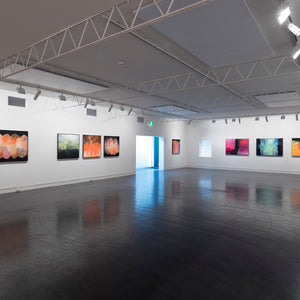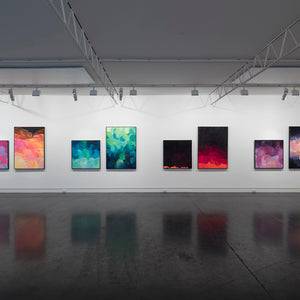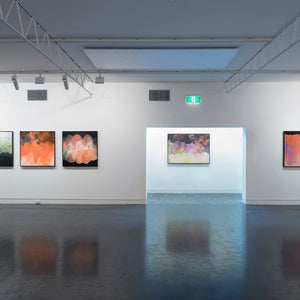JAMES DODD MILLER
22 March to 28 April 2018
The Miller’s Thumb
The miller is a person who operates a mill, a machine traditionally employed to grind cereal into flour. Milling is one of the oldest human occupations. The mill, in essence, is any machine that processes materials via rotational grinding, crushing or cutting. Mills operate to serve a range of industries and outcomes – in this case -the mill is used to facilitate painting.
As an important part of their job, the miller would repeatedly take samples of the ground meal and rub it between their thumb and forefinger in order to feel the quality and character of the product. After years of doing this, the miller’s thumb changes shape, becoming representative of an inherent range of understandings. Indeed, it becomes indicative of the skill and knowledge that generates value and profit for the miller. Such is the implied worth or importance of the ‘miller’s thumb’.
James Dodd’s thumbs have been busy operating the joysticks of a remote controller sending signals to a range of cordless drills variously attached to a kind of cobbled together gantry comprised of an old bicycle, roller blades and a variety of aluminium and timber pieces. This is the Painting Mill. Dodd has been working his Painting Mill project through a range of outcomes and presentations over recent years, experimenting with approaches and applications, developing an intimacy with his machine and it’s range of lurches and oscillations.
His thumbs correspondingly channel accumulated and inherent understandings of painting substrates, pigments, mediums, viscosity, velocity and momentum.
In this exhibition we do not see the machine. The focus here is upon the output and the physical experience of the paintings. These are a retreat from representation, with large chunks of meaning intrinsically imbibed into the shapes and marks recorded on the canvas, a kind of single frame removed from sequence for examination. This set of work particularly pushes away from some of the rigidity of earlier Painting Mill outcomes and seeks out a more organic touch.
There is an exaggeration of the luminous and saturated palette often employed by the artist, with a foray into blackness, black grounds and the transition into darkness. These are colour fields that wriggle; worms of pigment writhing over one another. There are forms that drop in and out of their ground, shifting somewhere between billowing cumulonimbus clouds, frenzied psychedelic gyrations and engorged, stool-bloated viscera.
The works are not quite as close to the mechanism (or the future) as the Futurists might have played, not quite as sentient as Artificial Intelligence, not as fear drenched as Terminator but certainly a fusion of poetry and machine, no matter how mutated.
